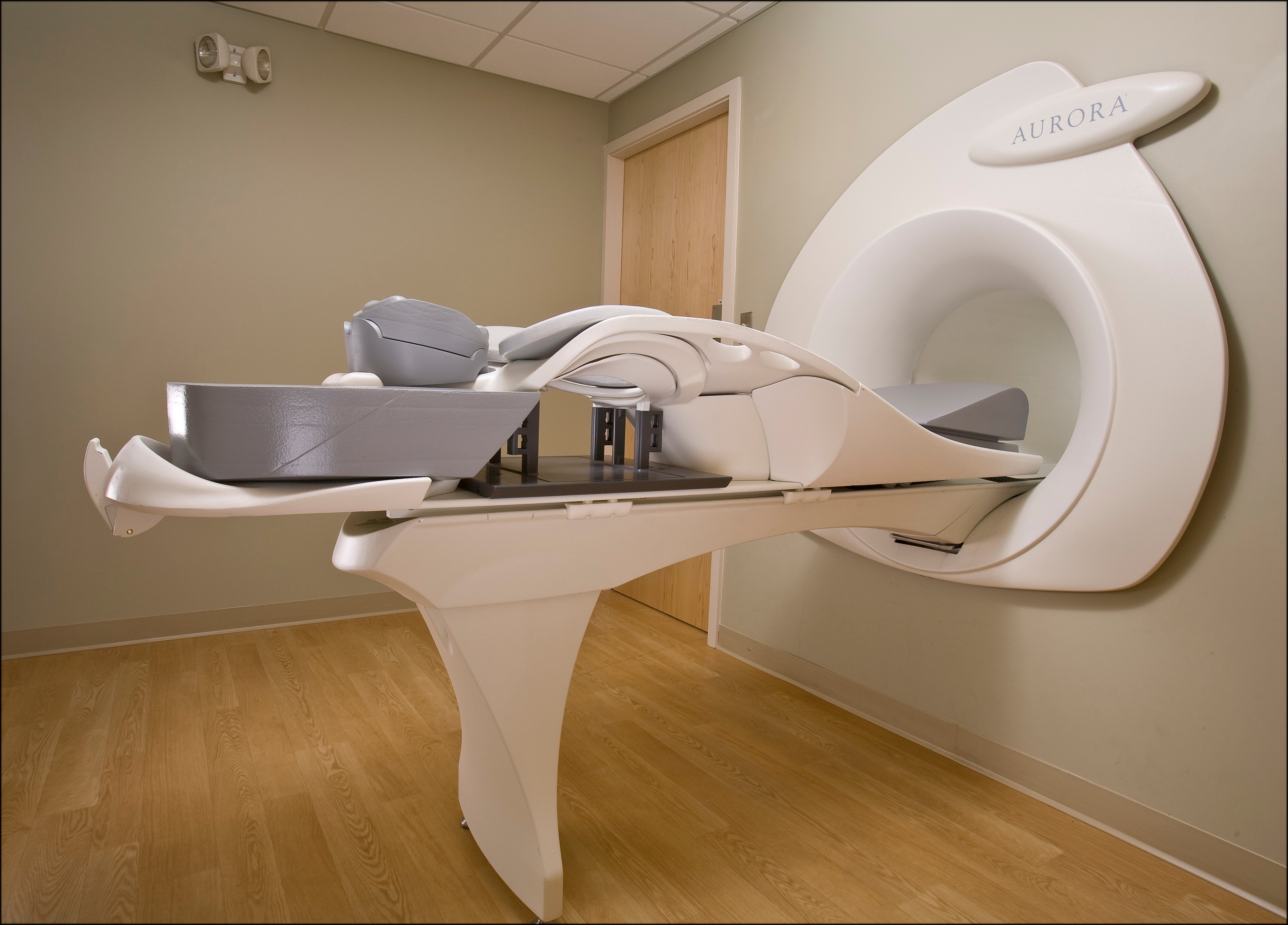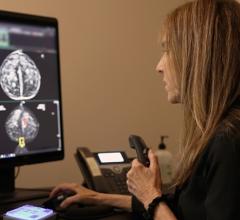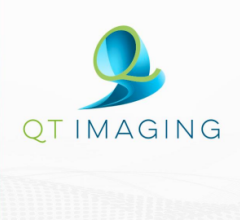
June 24, 2015 - Most women with early-stage breast cancer will undergo imaging to determine if the cancer has metastasized, despite international guidelines that recommend against testing, found a study in Canadian Medical Association Journal (CMAJ).
Guidelines from the American Society of Clinical Oncology, Cancer Care Ontario and the National Comprehensive Cancer Network recommend against imaging for metastatic cancer in asymptomatic women with stage I or II breast cancer; this is because the likelihood of metastases is low, at 0.2 percent and 1.2 percent, respectively, and the chance of false-positive findings are high. Unnecessary investigation can result in harm because false-positive results can lead to more invasive tests, treatment delays and increased anxiety.
"Despite guidelines against imaging to detect radiologically-evident distant metastases, our results show that this practice is very common among patients with early-stage breast cancer in Ontario," wrote Mark Clemons, M.D., an oncologist at The Ottawa Hospital and the University of Ottawa, Ottawa, Ontario, with coauthors.
A study of 26,547 women in Ontario diagnosed with stage I or stage II breast cancer between 2007 and 2012 found that 86 percent (22,811) underwent at least one imaging test to detect whether the cancer had metastasized. Imaging was performed in about 80 percent of women with stage I breast cancer and about 93 percent (11,882) in those with stage II. The average number of tests performed per patient was 3.7 in the pre- and postoperative periods. Surgeons and oncologists ordered the most tests, with surgeons ordering 74 percent of preoperative tests and oncologists ordering about 41 percent of postoperative tests.
The researchers found that the use of advanced imaging, such as computed tomography, magnetic resonance imaging and positron emission tomography, to investigate possible metastases, has increased and now comprises 41 percent of all initial tests.
There was also variability in use of imaging between geographic regions in the province and between community hospitals and academic institutions.
"If guideline recommendations are to be implemented in practice, additional knowledge translation strategies are needed, as dissemination of clinical practice guidelines alone is not an effective method of changing physician practice behaviors. ... These strategies will also require patient engagement," concluded the authors
In a related commentary, Daniel Rayson, M.D., and Geoff Porter, M.D., of Queen Elizabeth II Health Sciences Centre and Dalhousie University, Halifax, Nova Scotia, wrote, "Both teams [surgical and oncological] may order tests to reassure and support the anxious, newly diagnosed patient and her loved ones - clearly laudable goals. Patients are often blindsided by a cancer diagnosis and rely on their medical team to be as certain as possible that their disease can be cured and they are not dying."
However, testing has a cascading effect, because recommendations for more confirmatory tests, increased wait times for results and possible treatment can heighten patient and family anxiety as well as increase costs and use of healthcare resources.
"It is the responsibility of physicians to be knowledge brokers between the evidence-based guidance and their patients. To do so effectively takes time, energy and good interdisciplinary communication. ... For most patients with newly diagnosed stage I and II breast cancer, reflexively ordering staging investigations does not help relieve stress, nor does it detect disease," stated the commentary authors.
For more information: www.cmaj.ca


 November 29, 2025
November 29, 2025 








